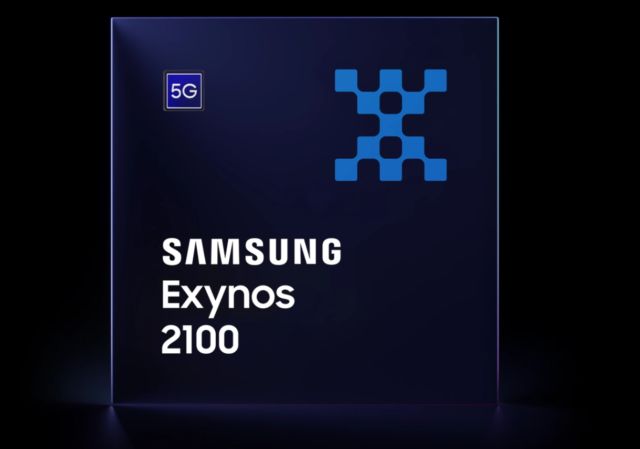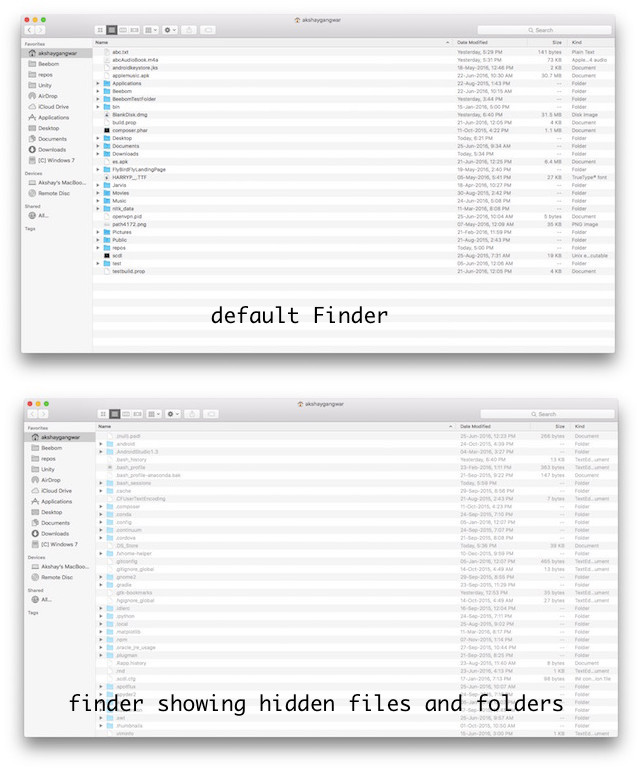
Apple unveiled its flagship A15 Bionic chipset at the iPhone 13 series launch, promising to redefine the smartphone landscape once again. With anticipation building, users are eager to compare the A15 Bionic with its Android counterparts, the Snapdragon 888 and Exynos 2100. While Apple has long held dominance in the silicon market, it’s time to determine whether the A15 Bionic is merely an incremental upgrade or a game-changing advancement. Let’s delve into the showdown between the A15 Bionic, Snapdragon 888, and Exynos 2100.
A15 Bionic vs Snapdragon 888 vs Exynos 2100: Detailed Comparison (2021)
We’ve compared Apple’s A15 Bionic, Qualcomm’s Snapdragon 888, and Samsung’s Exynos 2100 in CPU performance, GPU, AI, ML, and more in this article. You can view the table below for a specifications comparison.
Specifications Table
Before diving into each chipset’s specifics, here’s a comparison table for the A15 Bionic vs Snapdragon 888 vs Exynos 2100:
| A15 Bionic | Snapdragon 888 | Exynos 2100 | |
|---|---|---|---|
| CPU | Hexa-core | Octa-core | |
| CPU Cores | 2× Avalanche 4× Blizzard |
1x 2.84GHz (Cortex-X1) 3x 2.4GHz (Cortex A78) 4x 1.8GHz (Cortex A55) |
1x 2.9GHz (Cortex-X1) 3x 2.8GHz (Cortex-A78) 4x 2.2GHz (Cortex-A55) |
| Process Technology | TSMC’s 2nd-gen 5nm | Samsung’s 5nm | Samsung’s 5nm |
| GPU | Apple-designed five-core | Adreno 660 | Mali-G78 (14-core) |
| Machine Learning and AI | 16-core Neural Engine; 15.8 TOPS | 6th-gen AI accelerator; 26 TOPS | Triple-core NPU and DSP; 26 TOPS |
| ISP | Apple-designed ISP | Spectra 580 | Samsung-designed ISP |
| Camera Capability | N/A | Up to 200 MP; Triple camera with Zero Shutter Lag | Up to 200MP single-camera, Dual-camera 32MP+32MP |
| Video Capability | 4K HDR Dolby Vision @ 60FPS | 8K @ 30 FPS, 4K HDR Dolby @ 60FPS, 720p @ 960FPS | 8K @ 30 FPS 4K @ 60FPS |
| Modem | Qualcomm X60 5G Modem (Speculated) 7.5 Gbps Peak Download 3 Gbps Peak Upload |
Qualcomm X60 5G Modem 7.5 Gbps Peak Download 3 Gbps Peak Upload |
Exynos Integrated 5G Modem 7.3 Gbps Peak Download 3.6 Gbps Peak Upload |
| WiFi Support | Wi-Fi 6-ready | Wi-Fi 6E-ready | Wi-Fi 6E-ready |
| Bluetooth | Bluetooth 5.0 | Bluetooth 5.2 | Bluetooth 5.2 |
CPU
Starting with the A15 Bionic CPU architecture, it adopts the hexa-core design on TSMC’s 2nd-gen 5nm process node (N5P). It comprises two high-performance cores and four power-efficient cores. Currently, core frequencies remain undisclosed. However, based on last year’s specifications, it’s expected to sustain a 3GHz frequency consistently. Apple has also doubled the system cache to 32MB SLC, enhancing overall performance.
On the other hand, the Snapdragon 888 boasts an octa-core CPU with the potent new Cortex-X1 core clocked at 2.84GHz. This flagship Qualcomm chipset, also fabricated on the 5nm process by Samsung, faces stiff competition from Apple’s latest A15 Bionic. With last year’s A14 Bionic already outperforming the Snapdragon 888 by 30% to 40%, Apple now claims its A15 Bionic is 50% faster than the competition. The true performance gap between the A15 Bionic and Snapdragon 888 will become clearer once benchmark numbers and more intensive tests emerge.
Finally, comparing Samsung’s Exynos 2100 to A15 Bionic and Snapdragon 888, it’s built on the 5nm process and features an octa-core CPU. The Exynos 2100 CPU architecture mirrors Snapdragon 888, with benchmark numbers indicating near parity in performance. Exynos 2100 GeekBench scores reach around 1107 (single-core) and 3518 (multi-core), while Snapdragon 888 scores approximately 1109 (single-core) and 3244 (multi-core). Essentially, both Snapdragon 888 and Exynos 2100 SoC exhibit comparable CPU performance, with Apple’s A15 Bionic remaining a generation ahead.
Noteworthy from the iPhone event this year: Apple contrasted its processor with the next-best competitor, rather than its last-gen processor—a departure from its usual approach. According to Andrei Frumusanu of AnandTech, Apple seems unable to achieve significant CPU gains this year. Consequently, Apple must compare its flagship A-series processor against competitors. In a SPECint2017 test, the A14 Bionic outpaced the Snapdragon 888 by 41%. Now, Apple claims the A15 Bionic is 50% faster than the competition, reducing the difference between A14 and A15 to just 9%.
Sure, the A15 Bionic outpaces the Snapdragon 888 or Exynos 2100, but Apple no longer enjoys a healthy 20-25% performance jump YoY. Perhaps it’s time for Qualcomm and Samsung to narrow the performance gap against the upcoming A-series chips.
GPU
Regarding the GPU, the A15 Bionic boasts a newly-designed 4-core GPU (on non-Pro variants), delivering 30% performance gains compared to the competition. The last-gen A14 Bionic’s graphics performance scored approximately 132 in the GFX Manhattan ES 3.1 test, while Snapdragon 888-powered devices managed around 122.
With a mere 10% difference, the A15 Bionic showcases a 20% improvement, a modest upgrade from its previous generation GPU. Notably, this improvement pertains to the 4-core GPU found in non-Pro iPhone 13 models. Meanwhile, the flagship iPhone 13 Pro and 13 Pro Max feature a 5-core GPU, boasting a remarkable 50% performance increase over rival offerings.
Apple’s A15 Bionic hosts a 4-core GPU in its non-Pro variants.
Putting things into perspective, the Snapdragon 888 chipset showed a 35% improvement in GPU performance last year. With the new Snapdragon chip expected to launch in December, it could closely rival the A15 Bionic in GPU performance. Additionally, the 14-core Mali GPU on the Exynos 2100 has undergone significant upgrades, nearly matching the Adreno 660 GPU on the Snapdragon 888.
For instance, both processors have nearly identical scores in GFX Manhattan and 3D Mark tests. Recent reports suggest that the upcoming Exynos 2200 with AMD GPU has outperformed the A14 Bionic in intensive GPU tests by a significant margin. This indicates that with the arrival of new GPUs on Snapdragon and Exynos chipsets, the A15 Bionic will face stiff competition.
ISP
Apple doesn’t extensively discuss its ISP, but the A15 Bionic includes a newly-designed ISP that excels in computational photography, Cinematic Mode, live filters, and more. It also captures 4K HDR Dolby Vision videos at 60FPS. Additionally, it handles ProRes RAW footage at 4K 30FPS.
Regarding the Snapdragon 888, its Spectra 580 ISP supports concurrent HDR operations on a triple-cluster architecture, enabling quicker image stack creation for better shots. It can capture images up to 200MP and record 8K videos at 30FPS.
Similarly, the Samsung-designed ISP on the Exynos 2100 allows capturing up to 200MP images and two 32MP images with a dual-camera system. While the image signal processor is crucial, all three chipsets have capable ISPs. However, computational photography and advancements in AI and ML technologies have become pivotal in smartphone photography lately. So, regarding hardware, it’s uncertain which chipset boasts a superior ISP.
AI & ML
Last year’s A14 Bionic performed 11 trillion operations per second (TOPS), and the new 16-core Neural Engine on A15 Bionic achieves 15.8 TOPS. Though impressive, Apple silicon’s AI & ML capabilities fall short compared to Qualcomm and Samsung.
The 6th-gen AI accelerator, paired with the Hexagon 780 DSP, on Snapdragon 888 delivers up to 26 TOPS. The upcoming flagship chip from Qualcomm, likely the Snapdragon 895 or Snapdragon 898, will further enhance capabilities. Samsung is also excelling in this arena, with the Exynos 2100 boasting an AI Engine, Triple-core NPU, and DSP, enabling it to achieve 26 TOPS effortlessly. It’s evident that both the Snapdragon 888 and Exynos 2100 outperform the A15 Bionic in AI and ML tasks.
Modem and Wireless Technologies
When it comes to radios and 5G, Qualcomm leads the industry. Since last year, Apple has been using Qualcomm’s modem. This year too, it’s speculated that Apple has utilized Qualcomm’s X60 5G modem, the same modem available on Snapdragon 888. We’ll need to wait for a teardown to confirm the presence of Qualcomm’s modem inside the iPhone 13 series.
Do note that it’s a discrete modem rather than an integrated one. By the way, Apple has been working on its own 5G modem, but it seems the in-house modem is not ready for prime time yet. As for other wireless technologies, the A15 Bionic supports Bluetooth 5.0 and Wi-Fi 6.
Regarding the Snapdragon 888, it includes an integrated X60 5G modem boasting a peak download speed of 7.5Gbps and a peak upload speed of 3Gbps. Supporting both mmWave and sub-6GHz bands, it also features Carrier Aggregation. Additionally, the Snapdragon 888 offers the latest Bluetooth 5.2 and WiFi 6E technology support.
Furthermore, Samsung has developed its in-house 5G modem, seamlessly integrated into the Exynos 2100 chipset. Theoretically capable of reaching 7.3Gbps download and 3.6Gbps upload speeds, the Exynos 2100 also provides support for WiFi 6E and Bluetooth 5.2, mirroring the capabilities of the Snapdragon 888.
Thus concludes our detailed comparison of the A15 Bionic, Snapdragon 888, and Exynos 2100. It’s evident that Apple remains the dominant force in smartphone chipsets, despite incremental upgrades. Nevertheless, the Snapdragon 888 and Exynos 2100 are challenging Apple’s supremacy in the mobile silicon market. I anticipate significant strides in narrowing the performance gap in CPU and GPU between Apple and Android devices in 2022. These are my reflections, but what are yours? Share your thoughts in the comments below.

Pritam Chopra is a seasoned IT professional and a passionate blogger hailing from the dynamic realm of technology. With an insatiable curiosity for all things tech-related, Pritam has dedicated himself to exploring and unraveling the intricacies of the digital world.




